
Industrial Archaeology Image Archive
The Industrial Archaeology Image Archive website was initiated to make the Robert M. Vogel slide collection more accessible for research purposes or for the simple pleasure of viewing. The archive’s primary collection consists of Vogel’s slides, which represent over 30 years of travel to sites of significant industrial heritage around the world. This web-based effort continues under the guidance of the industrial archaeology program.
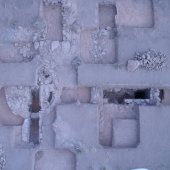
Utah Pottery Project
The Utah Pottery Project focuses on studying immigrant potters who lived throughout the Mormon Domain of Utah in the 19th century. The project’s goals include cataloging the immigrant pottery makers and clay industry workers; locating and identifying archaeological pottery sites; cataloging known examples of Utah pottery housed in museum collections; and assembling and disseminating information about the potters, their families, their work, their products, and their contributions to the history of Utah.
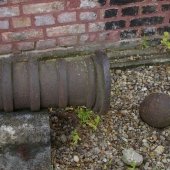
The Early European Gun Project
Funded by the British Academy, the Early European Guns (EEG) project is a first-stage investigation into the technology, ballistic capabilities, and forensic signatures of early firepower. Through the systematic documentation, measurement, and recording of small-bore gunpowder artillery and handguns preserved in collections across Europe, EEG sheds new light on the early development of gunpowder weaponry in Europe from c.1450–1520. The project is a collaboration between researchers at Michigan Tech and the University of Huddersfield in Yorkshire, England. The first version of the guns database is available on the project website.

Private Land Management and Voluntary Incentive Programs
Funded by the National Science Foundation this project investigated the role social influence plays in the land management decision-making of private forest owners in the Western Upper Peninsula (UP) of Michigan. The research goal is to better understand how uncoordinated land management decisions of thousands of non-industrial private forest owners impact the landscape of the Western UP.
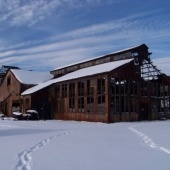
Quincy Smelter Blog, 2009–10
The Quincy Mining Company's Smelter in Ripley, Michigan, is one of only a few historic copper smelters preserved in the world. Now a National Historic Site, the Quincy Smelter was built in 1898 and operated until 1971. Graduate students in Michigan Tech’s industrial archaeology program created a blog to educate the public on the Quincy Smelter’s history and follow the site’s stabilization, rehabilitation, and reuse. The Quincy Smelter Association now owns and maintains the blog.
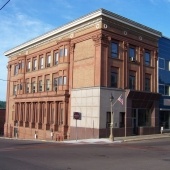
Copper Country Architects, 2006–09
The Biographical Dictionary of Copper Country Architects contains information on 25 architects who were known to have designed buildings in the Copper Country of Michigan, narrowly defined here as Houghton and Keweenaw counties.
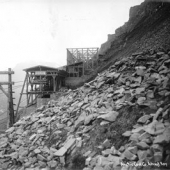
Svalbard Archaeology, 2004–09
The Svalbard Archaeology project was a collaborative effort to map and photograph the remains of the Artic Coal Company and Old Longyear City in Longyearbyen, Norway, which were products of American industrialist John M. Longyear. Researchers on the project included students, faculty, and professional staff from Sweden, Norway, the United Kingdom, the Netherlands, Russia, and the United States.
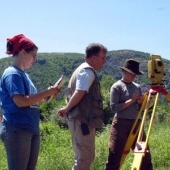
West Point Foundry Archaeology Project, 2000–08
Students in Michigan Tech’s Archaeology Field School, as well as social sciences faculty, excavated and surveyed the historic site of the West Point Foundry, in Cold Springs, New York, to recover technical details on foundry operations and learn about everyday life among foundry workers.